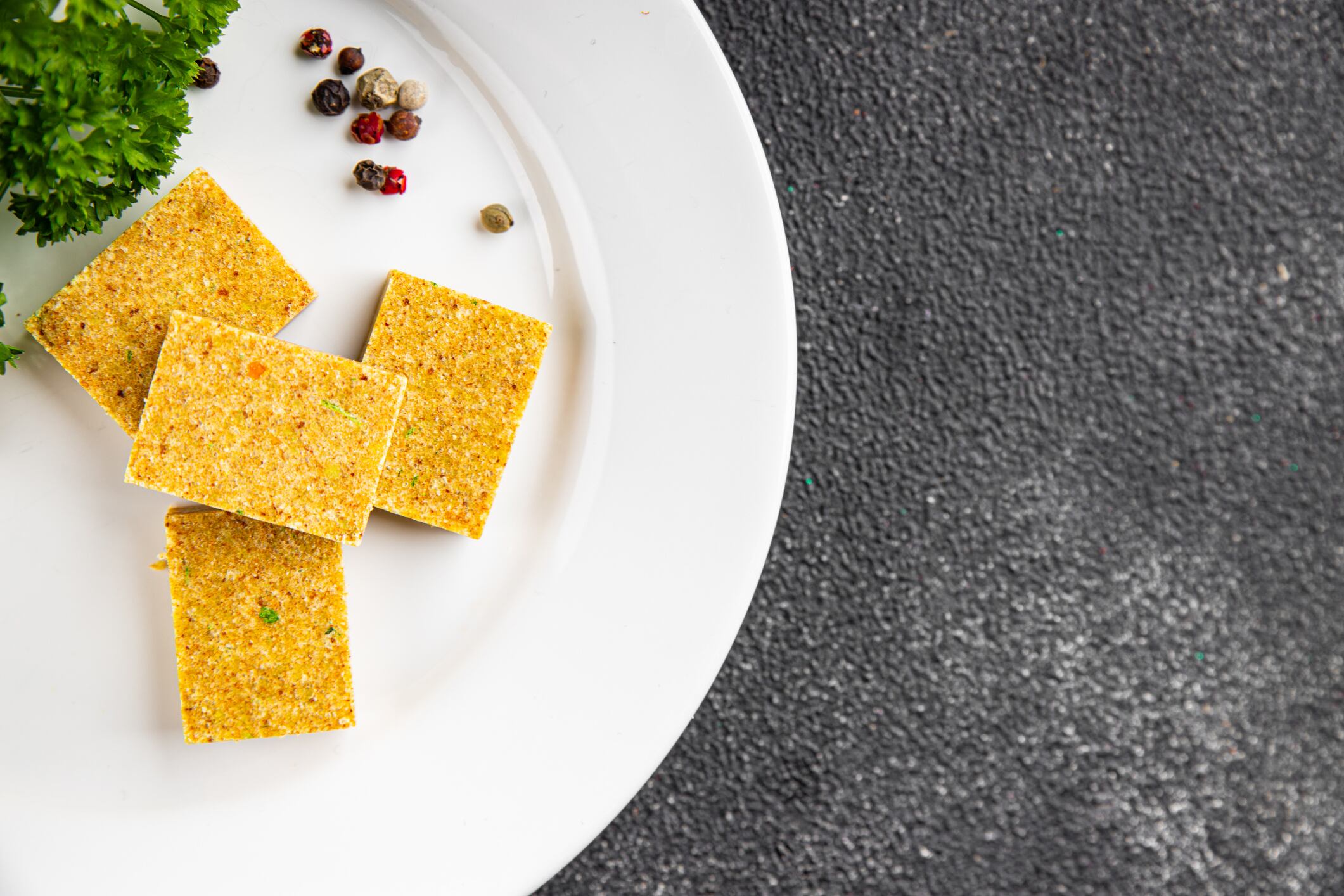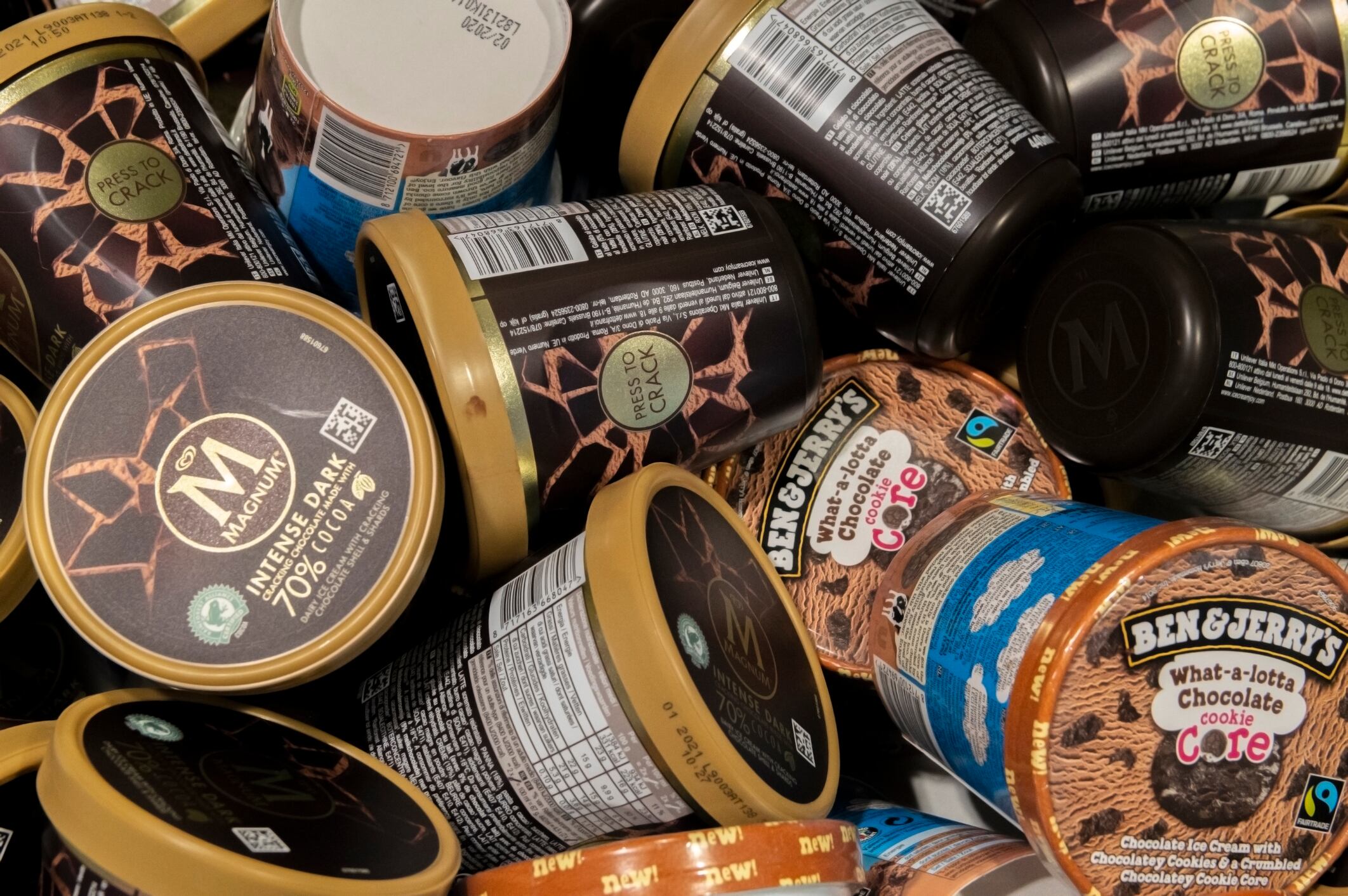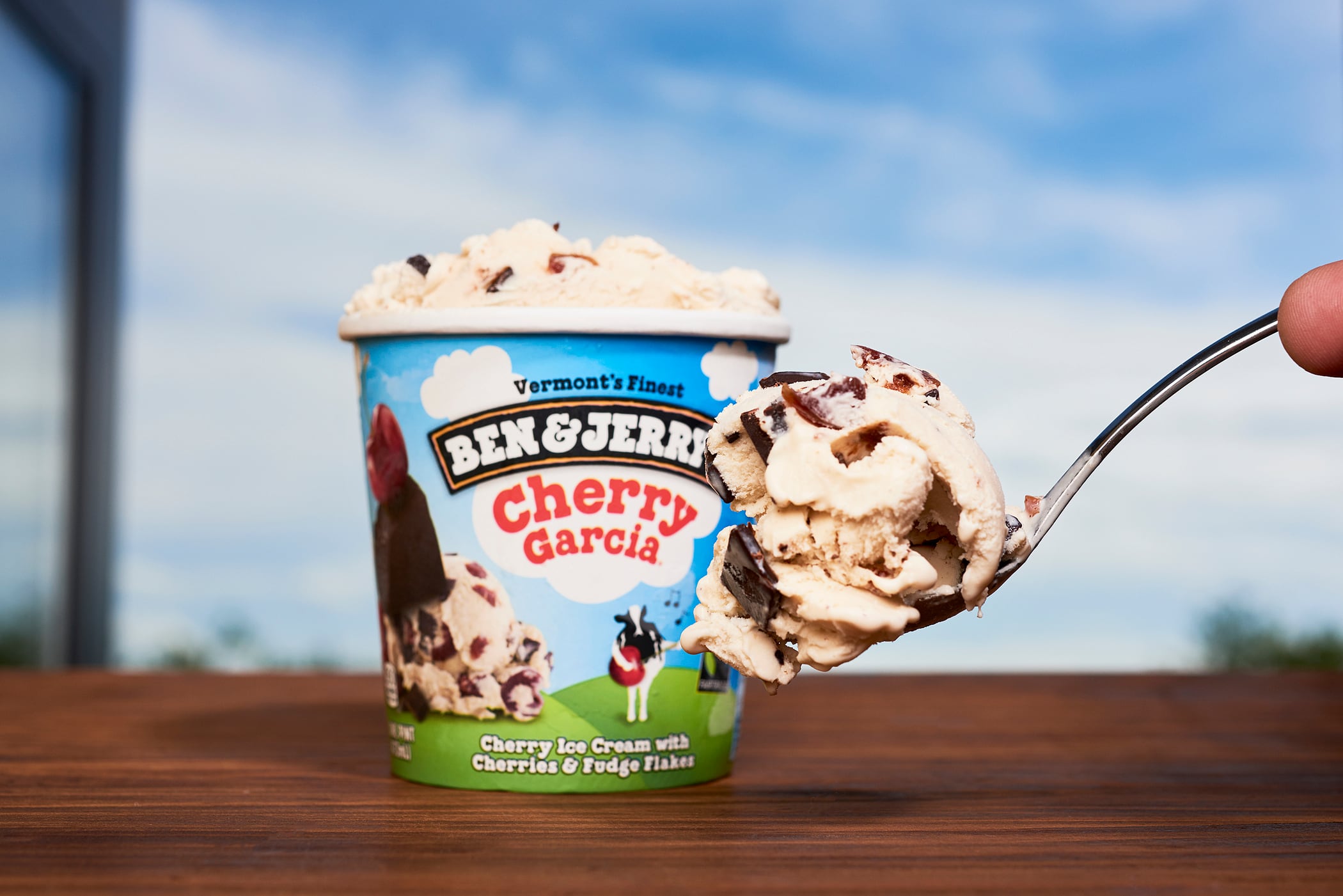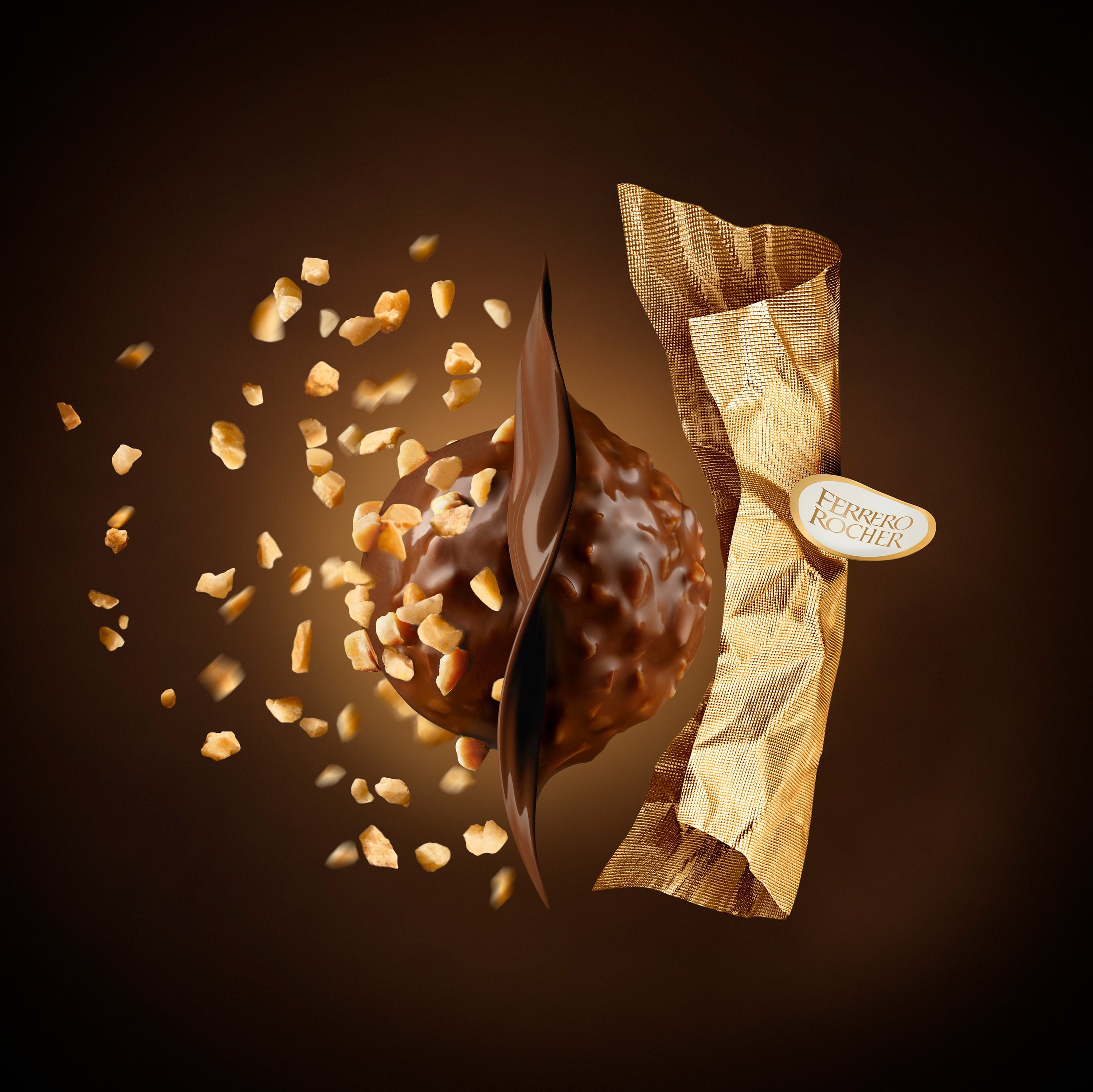What do Unilever’s Q3 results reveal about food and ice cream?
- Food now makes up just 21% of Unilever’s revenue
- Ice cream accounts for 16% and will soon be demerged
- Food sales grew 3.4% driven by price and volume increases
- Hellmann’s and Knorr showed resilience with steady global performance
- Beauty and personal care saw double-digit growth, shifting portfolio focus
In the 1990s, food made up a whopping 50-60% of Unilever’s global sales.
Today’s Q3 results tell a very different story: not including the soon-to-be demerged ice cream business, food accounts for just 21% of the company’s revenue.
Yet despite Unilever’s retreat from categories like plant-based meat and ice cream, the food it does sell is quietly delivering steady growth.
What Unilever’s Q3 results tell us about food growth
Overall turnover at the multinational for Q3 2025 sits at €14.7bn, representing a drop of 3.5% – mainly due to exchange rate effects and the sale of some businesses.
Within the last year alone, the company has sold off its Russian Business to Arnest Group and its plant-based meat brand The Vegetarian Butcher to meat juggernaut JBS.
It’s preparing to spin-off its ice cream business by the end of the year.
Beauty and wellbeing, and personal care, are now taking a bigger proportion of the revenue pie, with double-digit growth for brands like Dove hair and Vaseline. The same growth wasn’t seen in food, but its brands are proving their robustness.
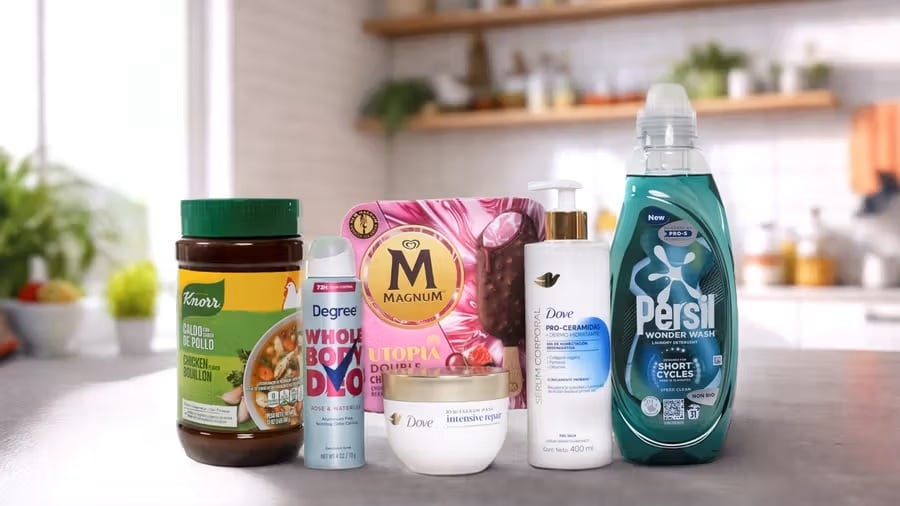
Food saw underlying sales growth of 3.4% overall. While the majority came from price increases (2.1%), volume growth contributed 1.3% – meaning more products are being sold, not just sold at higher prices.
Unilever’s flagship food brands hold steady - and that’s a positive
Hellmann’s was the top performer for Unilever’s food portfolio in terms of growth. The company attributes this to “strong momentum” for the brand, and a “gradual recovery” in markets like Asia Pacific and Africa, where premium brands outprice local alternatives.
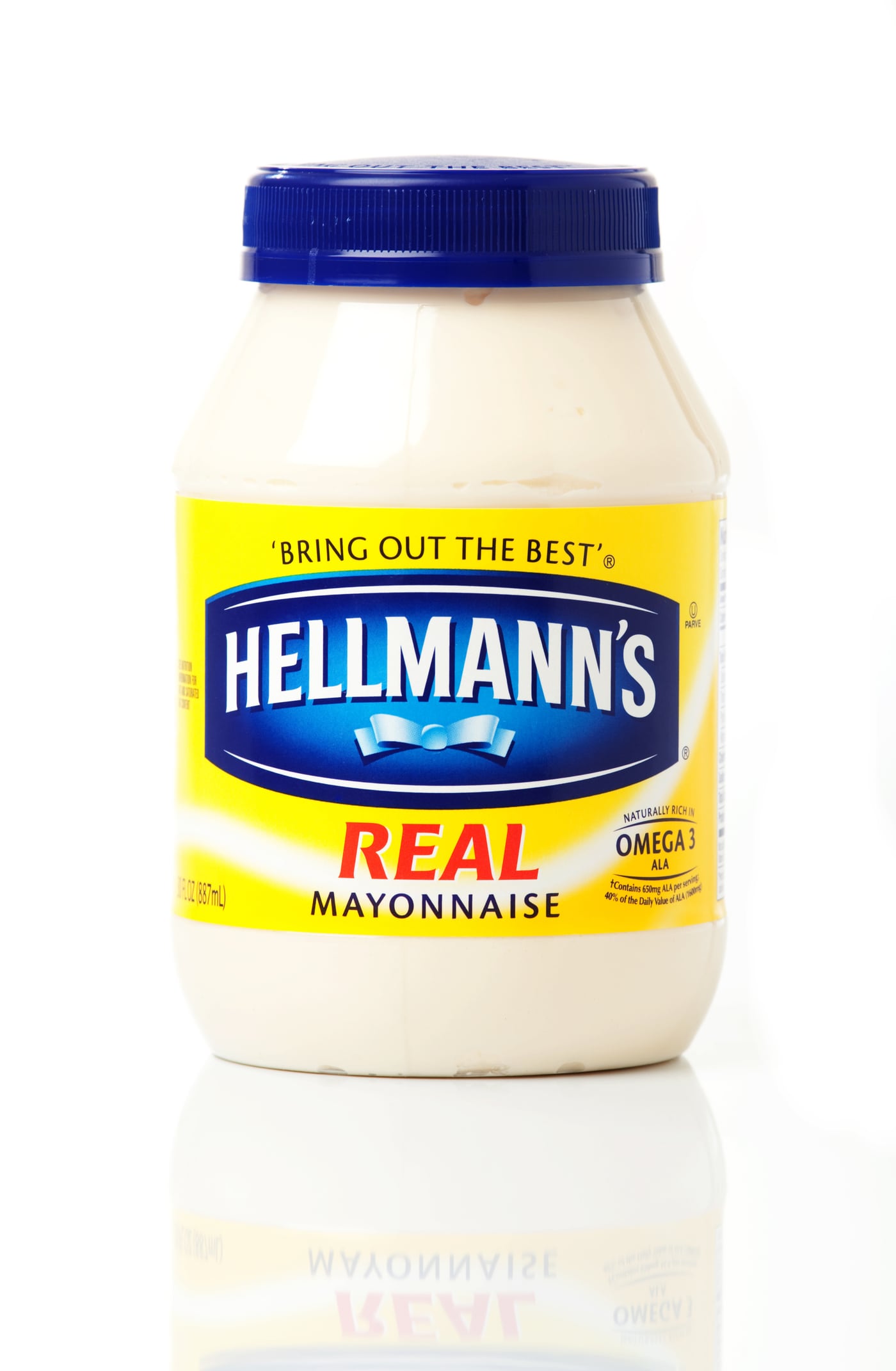
Continued success in its flavoured mayonnaise range helped bolster sales. Hellmann’s now sells a wide range of flavours, from chipotle to garlic aioli, chilli lime and Italian herb and garlic.
Knorr is another brand not to be sniffed at. Holding steady with low single-digit growth, the cooking aid brand showed continued momentum in the US, as well as recovery in Indonesia, where it’s been struggling to compete with local brands.
Unilever’s foodservice arm, Unilever Food Solutions, is another presenting low single-digit growth, with growth in North America and China.
Q3 results: What about ice cream?
If food accounts for 21% of Unilever’s revenue, its ice cream business is only five percentage points less, at 16%.
When the company gives up ice cream, it will be losing a big chunk of revenue. Unilever has confirmed it will retain a minority stake of just under 20% at least in the short term.
And ice cream is performing well. Thanks to price increases, ice cream sales grew 3.7% in Q3, with Cornetto leading the way. Magnum and Wall’s grew low single-digit compared to a particularly strong quarter last year.
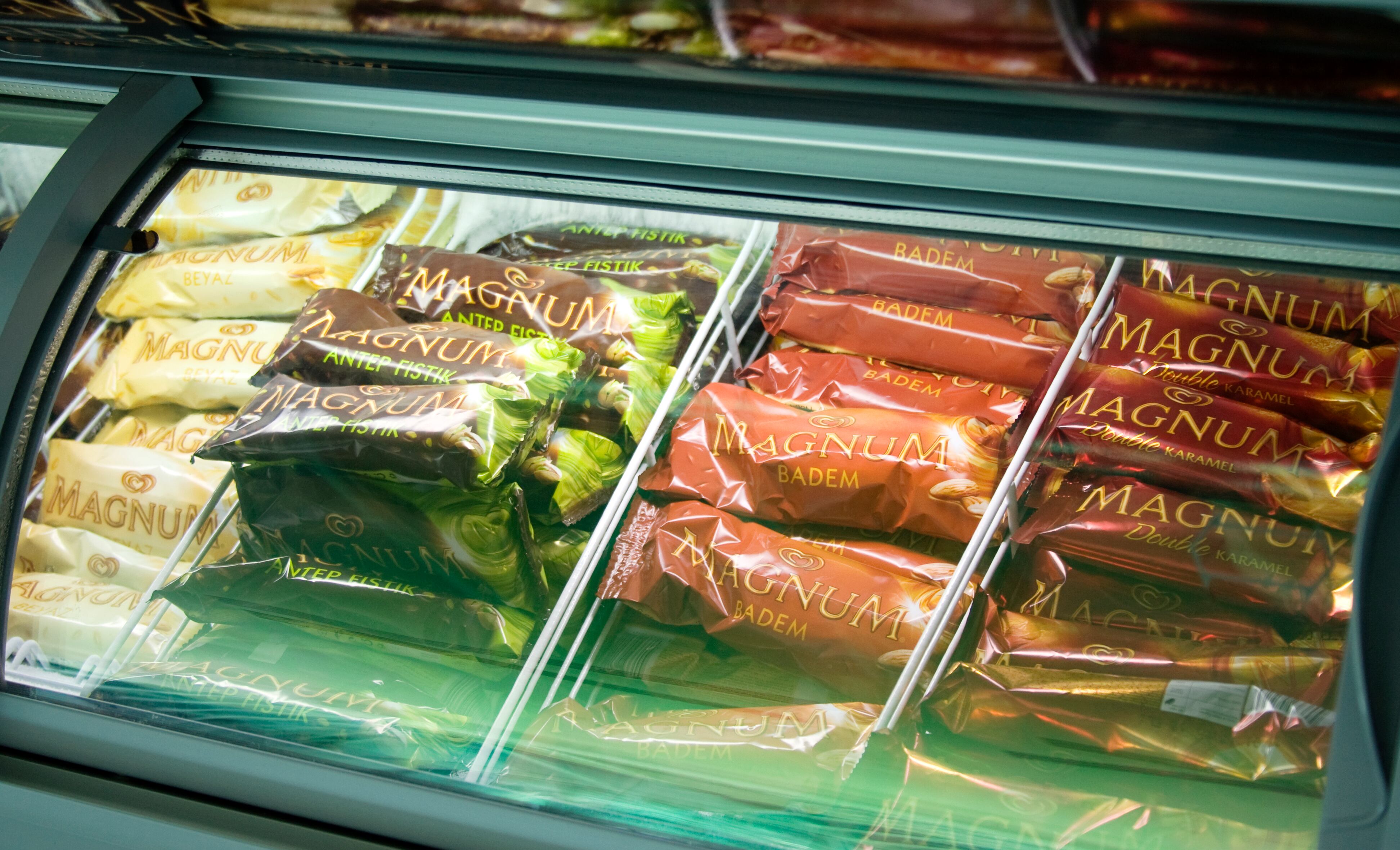
Ben & Jerry’s grew mid-single digit, which confirms ice cream chief Peter ter Kulve’s position that the brand has been performing well under Unilever’s leadership.
The co-founders of Ben & Jerry’s see things differently. They’ve long been accusing Unilever of “silencing” the brand, and want to reclaim its independence ahead of the ice cream demerger.
As to when the business will officially spin off as The Magnum Ice Cream Company is uncertain. The date was set for 10 November, but just this week that date was postponed due to the US federal government shutdown.
As Unilever reshapes its portfolio and prepares to part ways with ice cream, its food brands are quietly proving their resilience. Yes, the spotlight is shifting to beauty and personal care, but the performance of staples like Hellmann’s and Knorr suggest food still has a firm place in Unilever’s future.


